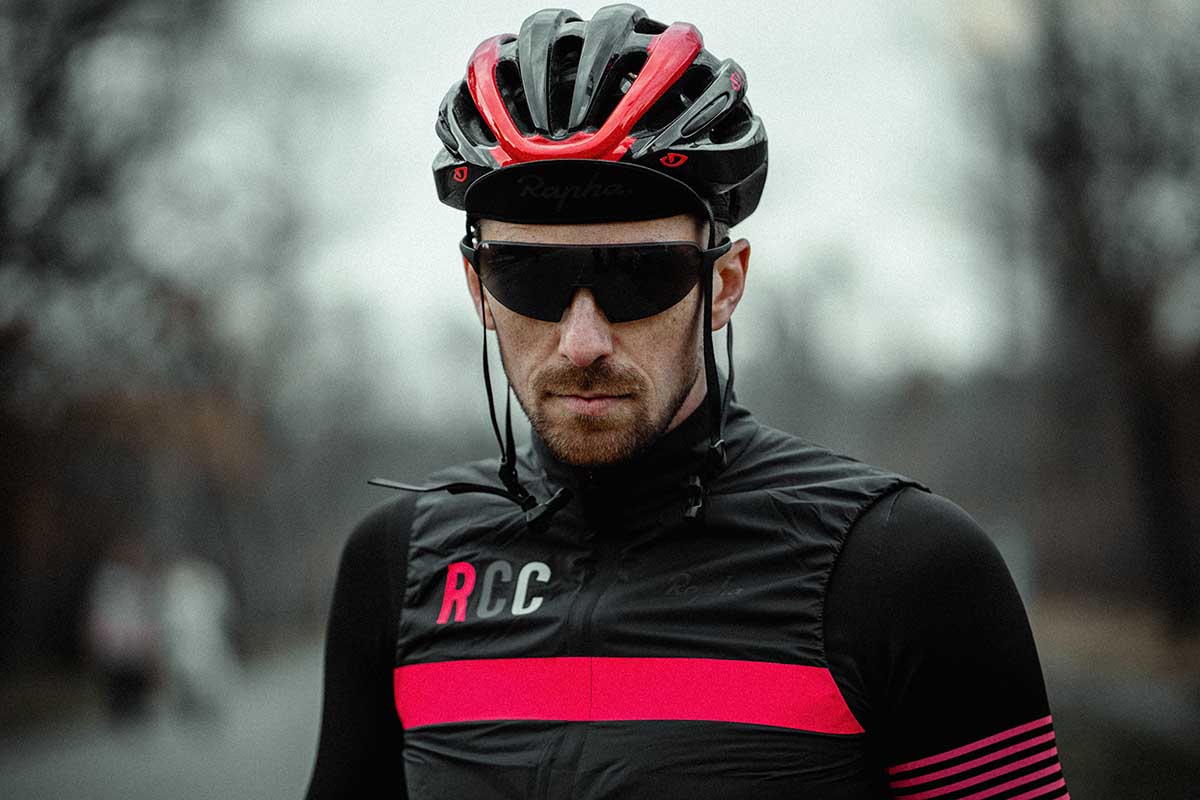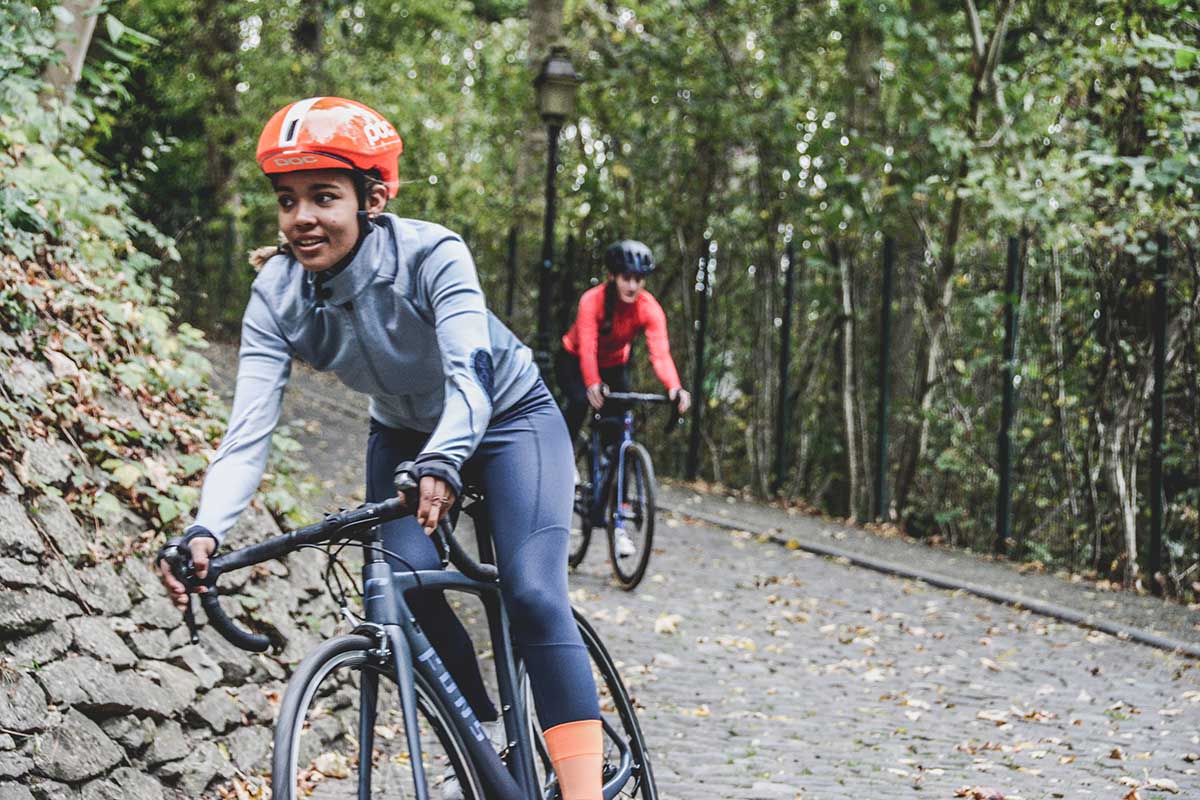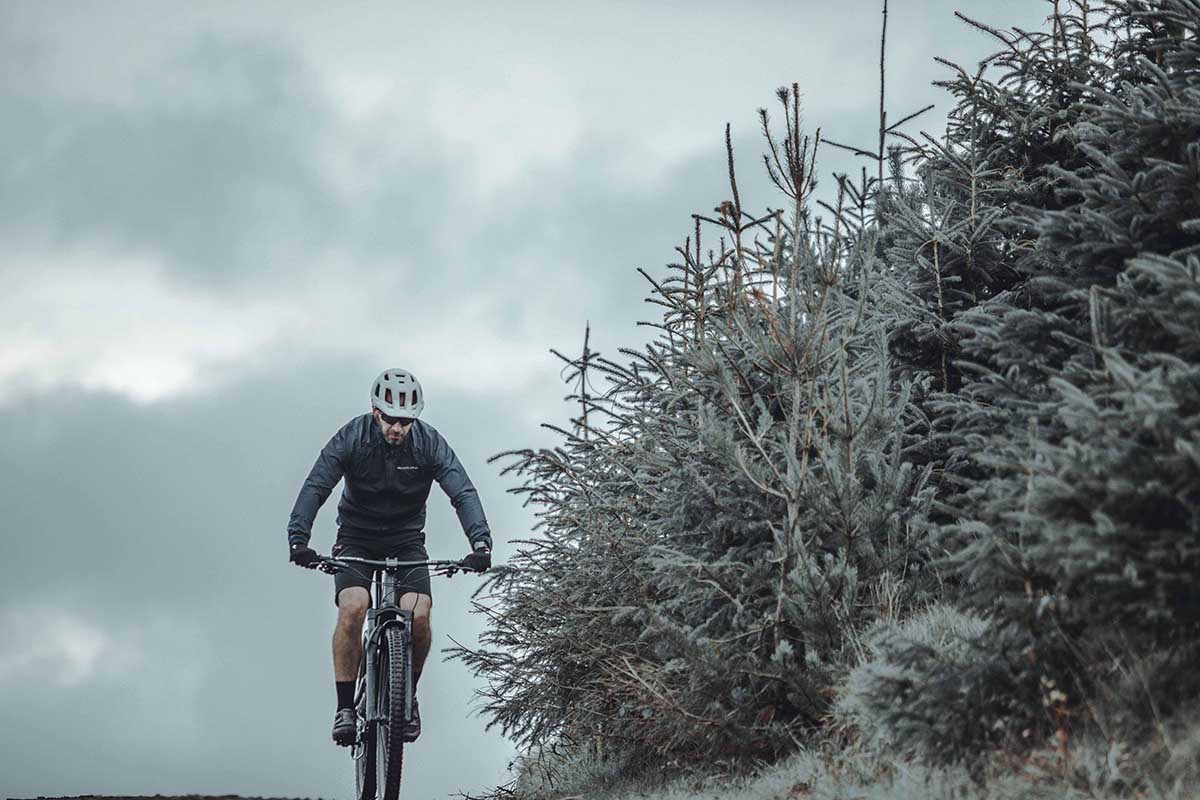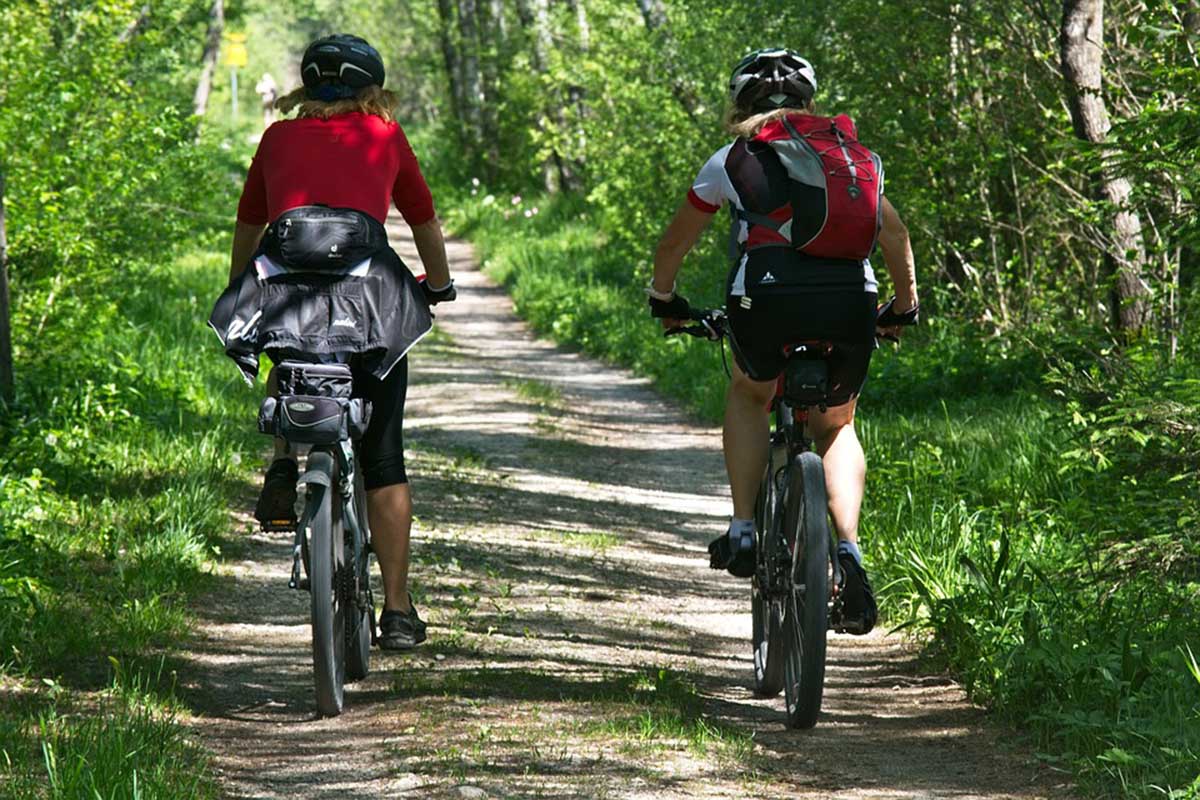Here is How to Prevent Injuries During Your Cycling Tour
Going on a cycling tour is one of the perks of being a cyclist. You get to explore different places, meet new friends, and experience things you’ve never done before all while immersing yourself in your hobby.
But the adventure you planned, prepared, and looked forward to for months can be abruptly cut short by a single injury. Worse, your life may be put in danger if you happen to get stuck and injured in the middle of nowhere.
When preparing to go on a tour, your gear and destinations aren’t the only important things to consider. You must also know how to prevent accidents and injuries when you go out there.
Train for Your Tour
Preparation is the first step to a successful and injury-free bicycle tour. Aside from your cycling gear and travel essentials, you also need to prepare your mind and your body for the long and tough journey ahead.
Your bike isn’t the most glamorous or comfortable way to travel hundreds of miles. You’ll be exposed to the whims of the weather, nasty biting insects, and clouds of dirt and dust throughout your trip.
All you have are yourself and your bike to transport you from one destination to the next.
Mental conditioning and physical training are crucial to your survival. Build your strength, stamina, and endurance through frequent riding and workouts. Consider using a cycling training tool, as a power meter, to track your progress and determine your readiness for the tour.
If it’s your first time doing a tour, ask your experienced cyclist friends about their training routine to prepare for a bicycle trip and see which methods you can use for yourself. But remember that every cyclist improves at their own pace. What works for them may not work for you, so try to find a routine that fits your needs.
Wear a Helmet
In the United States, about 792 cyclists die every year from bike accidents, and 55,000 are injured from auto accidents. No one can predict when an accident will happen, but you can take steps to avoid getting into one and safeguard yourself against injuries.
A worldwide study of bike helmet use has found that wearing a helmet can lower your risk of a severe head injury considerably. Researchers examined data from over 64,000 cyclists from all around the world.
“Helmet use is associated with odds reduction of 51 percent for a head injury, 69 percent for a serious head injury, 33 percent for face injury, and 65 percent for a fatal head injury,” the study reports.
Pace Yourself
You probably have miles and miles of road to cover and about a hundred places you want to visit. However, it won’t do you good if you push yourself to fatigue.
Exhaustion impairs your awareness, decision-making, and motor functions, increasing your risk of getting into an accident and being injured.
Pushing yourself too hard for too long to be ahead of schedule can backfire on you. Fatigue causes muscle cramps, which can make you unable to stand, much more cycle. When the cramps kick in, you won’t have any choice but to on the affected area and let the muscle recover through rest before you can get back on your feet (or bike).
Knowing your limits and pacing yourself is vital to avoid injuries and complete your tour with little to no setbacks.
Unless you’re being chased by a feral animal or a crazy cannibal, you should just take your time, enjoy the sights, and avoid getting exhausted or injured.
Get Your Bike Properly Fitted
A bicycle is an extension of the cyclist’s body. When the parts don’t fit, the cyclist will feel uncomfortable and have limited mobility, as if they were wearing shoes that are too big or too small. Before leaving on your tour, ensure that your bicycle frame, handlebars, saddles, and pedals are fit to your measurements and riding style.
A bicycle that’s too high or too low may cause you to strain your muscles or restrict your movement, limiting your control on the bike and putting you at risk of accident and injury. A proper bike fit will enhance your power, efficiency, and endurance and help you go as long and as fast as you want to.
Not all bikes are created equal. Power, distance, speed, cargo, range, and style are top criteria when shopping for bikes. Where do you want to go? How is your pace? How often do you ride? You can design your e-bike and have it customized, like premium Riese & Muller electric bikes. Build your dream e-bike here.
Follow Traffic Rules
Traffic rules were created to keep road users safe. As a cyclist, you are always at risk when you’re on the road, especially around motor vehicles. Bicycles can be hard to spot in a sea of sedans, SUVs, and trucks, so you must be twice as vigilant and look after yourself.
Follow traffic lights, and be aware of surrounding vehicles and pedestrians. If you’re passing by idle cars, stay out of the door zone. Use hand signals to communicate your intentions to other road users. Make yourself as noticeable as possible. Wear bright clothes, and install signal lights and a horn on your bicycle.
Stay Safe!
A bicycle tour can be one of the most unforgettable experiences in your life. Whether it’s memorable in a good way or a bad way depends on how much you’ve prepared for it and how well your trip had gone.
Getting injured is almost always a sure way to mess up your entire trip, so always prioritize health and safety every time you ride. Follow the tips above to avoid accidents and injuries and enjoy your cycling tour until the end.




















